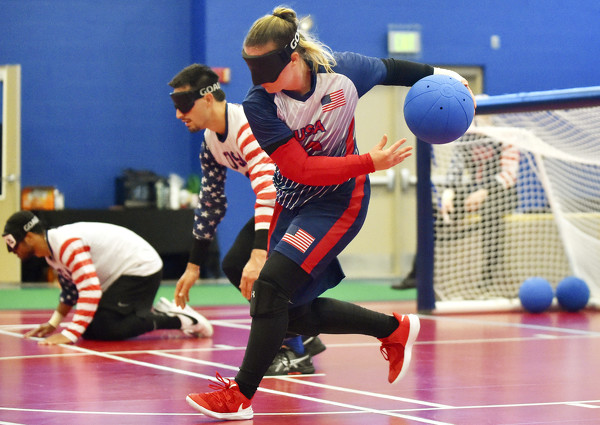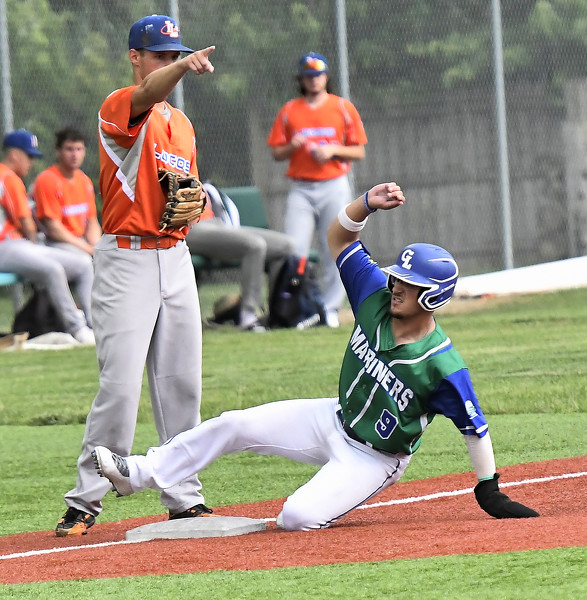Friday, July 16th, 2021
State lifts no-contact beach advisory
By Sydney Albert
ST. MARYS - No contact advisories for three beaches on Grand Lake have been lifted after water samples from the past two weeks showed microcystin levels lower than the state's threshold.
The beach at the Grand Lake St. Marys State Park campgrounds and the East and West beaches had advisories placed on them after noticeable algae blooms along the northern shores of the lake.
The most recent samples for the three beaches were taken July 12. The West Beach sample tested at 4.98 micrograms per liter, the East Beach sample tested at 4.62 micrograms per liter and the campground beach tested at 3.91 micrograms per liter, according to data provided by the Ohio Department of Health.
The state threshold for a no contact advisory is eight micrograms of microcystin per liter. Microcystin is a toxin produced by cyanobacteria, more commonly called blue-green algae, that can sicken people and animals.
The Ohio Department of Natural Resources tests beaches when there is a visual presence of a suspected harmful algal bloom, according to the state's recreational HAB Response Strategy. If toxin levels exceed eight micrograms per liter, ODNR is supposed to resample weekly until microcystin values fall below the no contact threshold for two consecutive weeks.
If toxin levels don't exceed the threshold and a bloom is not visible, they do not resample but monitor the area for changes, only resampling if a HAB reappears.
Elevated microcystin algal toxins can cause skin rashes, respiratory and gastrointestinal distress and harm the liver, Ohio EPA officials have said.
Stephen Jacquemin, a biology professor from Wright State University-Lake Campus who has studied Grand Lake's water quality, said earlier this month it was likely algae activity could increase leading up to mid-August, when the season begins to turn.


